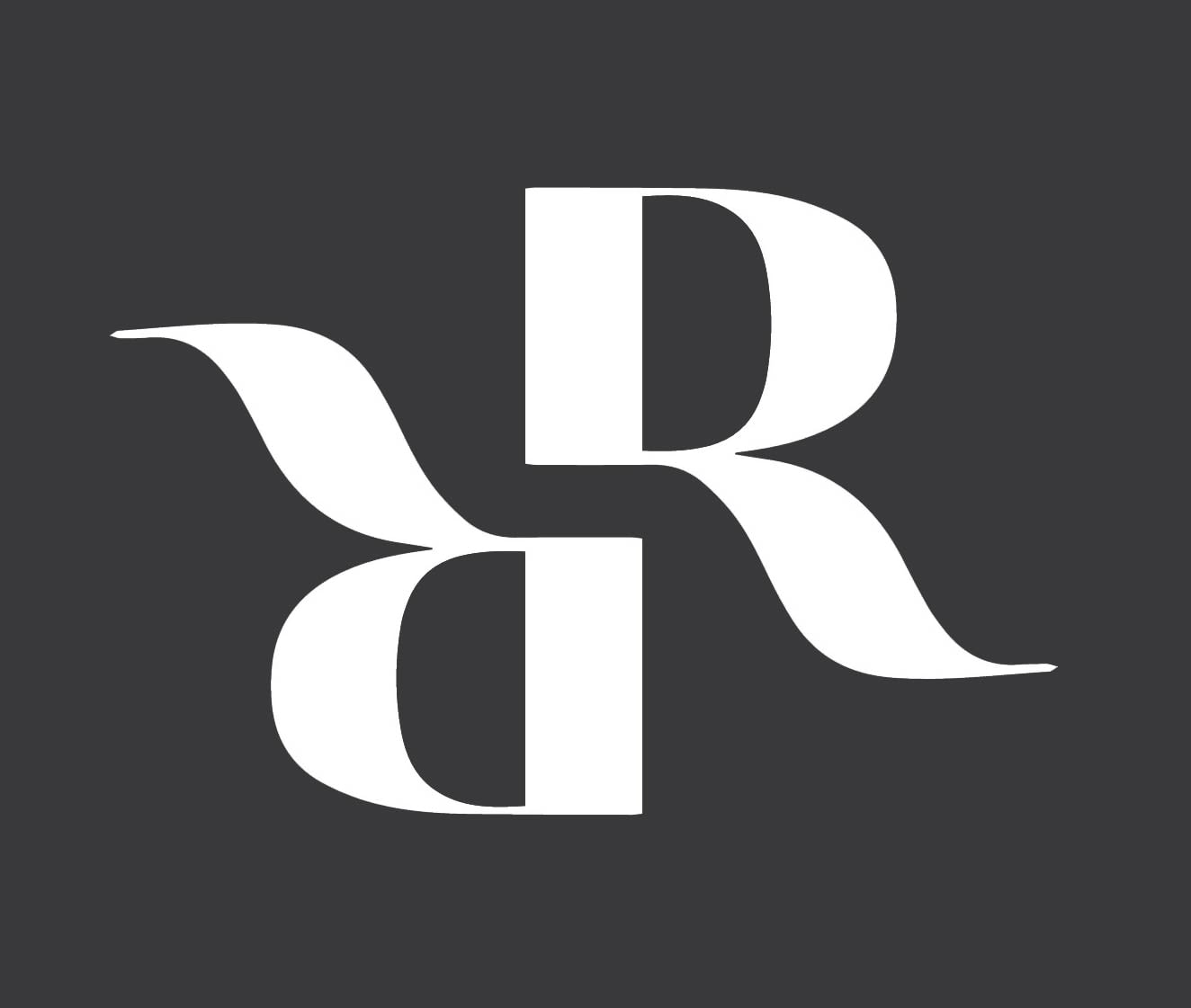January 2024: Securing Your Child's Future - Navigating the Maze of Savings Options

Written by Gloria Martinez of WomenLed.org in collaboration with Ruth Roylance for Ruth Roylance Insurance
As you embark on the exciting journey of parenthood, one of your key responsibilities is securing your child's financial future. It's a complex world out there and choosing the right savings plan can be as daunting as it is crucial. Let’s weigh their benefits and drawbacks to ensure you make an informed decision that aligns with your family's goals.
529 College Savings Plan: A Targeted Approach
The 529 College Savings Plan is tailored for education expenses, providing substantial tax benefits. Investments in the plan grow tax-deferred, and withdrawals used for qualified education expenses are exempt from taxes. However, withdrawing funds for non-qualified purposes incurs penalties. A notable limitation of the plan is its restricted range of investment options. While it's an excellent option for those confident in their child's educational trajectory, it offers less flexibility for changing future plans.
Education Savings Account (ESA): Diverse Investment Options
The Coverdell Education Savings Account (ESA) stands out for its tax-free withdrawals, applicable to a broad spectrum of education costs, encompassing both primary and higher education levels. It offers the advantage of a wide array of investment choices, allowing for greater control over fund allocation. However, a significant limitation of the Coverdell ESA is its strict annual contribution cap, which necessitates careful financial planning.
Additionally, unlike some other education savings plans, it is not exclusively tailored for higher education expenses. This makes the Coverdell ESA a versatile option for various educational journeys, but it requires meticulous planning to optimize its benefits within the set contribution limits.
For more details on 529 Plans vs. ESAs, see the explanation from Ramsey Solutions.
Custodial IRAs: Designed for Retirement, But Can be Used for Education
Custodial IRAs present a unique blend of potential tax advantages and a broad spectrum of investment choices. As your child grows, so does their savings, sheltered from taxes until they reach adulthood. This allows for potentially higher returns and a diversified investment portfolio.
If you opt for a custodial Roth IRA, just like a regular Roth IRA, it is funded with post-tax dollars. This means that earnings on the account grow income tax-free and can be withdrawn tax-free after age 59 ½ (contributions can always be withdrawn tax-free). But there are certain penalty-free withdrawals before 59 ½. One of these is college expenses, which make custodial IRAs a good option. Keep in mind that children must have earned income and have paid taxes on that income to be able to contribute to a custodial Roth IRA and there are contribution limits. Parents have the option to match contributions within limits.
The control of these accounts shifts to your child once they reach the age of majority. This transition of control can be a double-edged sword. On the one hand, it teaches them financial responsibility; on the other, it poses the risk of financial mismanagement. If they inherit a significant amount at a young age, without the requisite financial maturity, it might lead to imprudent spending or investment decisions.
Indexed Universal Life Insurance: Complex Yet Rewarding
Let's talk about a savings option that ties into life insurance. Indexed Universal Life (IUL) policies offer potential returns linked to stock market performance, with a safety net against market downturns. Like other life insurance policies, they also provide tax-free withdrawals and loans.
Understanding how indexed interest works and the costs involved is crucial. Additionally, despite the allure of market-linked gains, these policies often have caps on returns and participation rates, which could limit your potential benefits in a strong market. It's a sophisticated financial tool that requires thorough understanding and careful consideration. If you are considering this option, Ruth Roylance Insurance can help set you up with a plan based on your needs.
High-Yield Savings Accounts and Savings Bonds: The Safe Approach
For those preferring a straightforward approach, high-yield savings accounts offer higher interest rates than traditional ones. Their accessibility is a significant advantage, allowing you to deposit or withdraw funds easily. The flip side is that these accounts might not offer high returns to outpace inflation. Also, the potential for investment growth is limited compared to other options. It's a safe choice but one that might not fully leverage the power of compound interest over the long term.
Savings bonds, backed by the government, offer a low-risk investment option. Their fixed interest rates provide a predictable return, making them a safe haven for your child's future. This safety comes with limitations. The fixed interest rates might not be as competitive as other investment options, and there are penalties for early withdrawal. It's a conservative choice, ideal for those prioritizing security over growth.
Navigating the savings landscape for your child's future is no small feat. Each option comes with its unique set of advantages and challenges. Whether you prioritize flexibility, safety, or growth potential, the key is to align your choice with your family's financial goals and your child's aspirations. Remember that the path you choose today will pave the way for your child's tomorrow. Choose wisely, plan meticulously, and watch your child's future flourish.
Contact Me
Send A Message
We help you with what you need.
